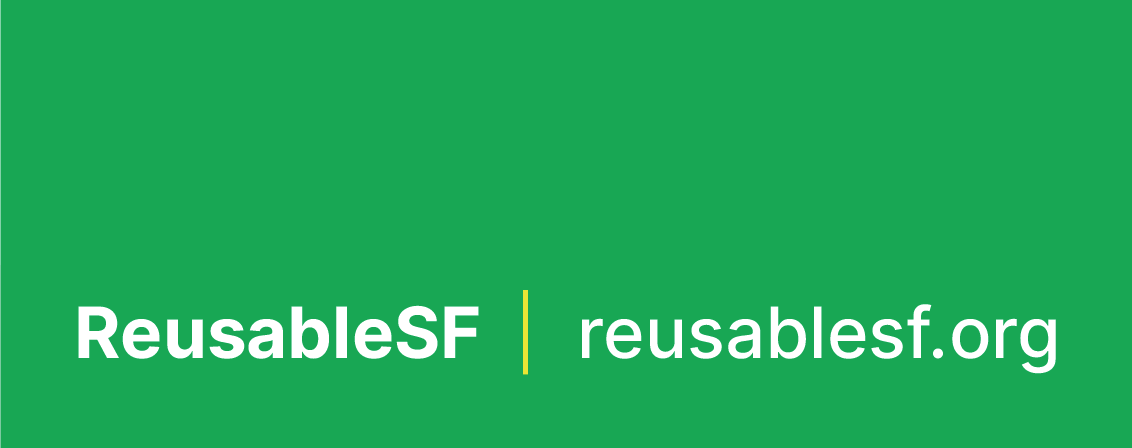
TODAY, WE USE PLASTIC - A MATERIAL DESIGNED TO LAST FOREVER - FOR PRODUCTS DESIGNED TO LAST MINUTES.
Photo: Sam Savard
Plastic is choking our planet.
Each year, 32 million tons of plastic (including ⅓ of all plastic packaging produced) enter the environment with 8 million tons escaping into the world’s oceans. That is equivalent to five shopping bags filled with plastic garbage for every foot of coastline in the world. Sunlight and water currents shred the plastic into smaller particles called microplastics, which attract and concentrate toxic chemicals up the food chain and into our bodies.
Plastic poisons the food chain.
With plastic acting as a toxic-conveyor-belt, sponging pollutants from surrounding waters into the tissues of everything that eats it - from plankton, to fish, to whales, to humans that eat seafood - plastic pollution is changing the fabric & chemistry of life. Evidence continues to increase that plastic food packaging leaches toxic chemicals into the food and beverages we consume. Low-income families are more highly exposed as research shows they eat more packaged and fast food.
Plastic pollution is primarily from single-use plastics.
The vast majority of plastic in the environment is from single-use disposable plastic products, mostly to-go food and beverage packaging.
More recycling will not solve the problem.
While some have focused on improved waste management or more recycling for plastics as the primary solutions, most of the plastic we find in the environment has no value in today's recycling systems. It costs more to collect and process the material than you get from selling it.
Plastic use continues to explode.
The plastic industry is projecting a 400% increase in plastic production over the next 30 years, growing to an estimated 20% of all fossil fuel use. Much of the growth is projected by expanding single-use-disposable applications for plastic - like plastic bags, coffee cups, to-go containers, food wrappers and straws - around the world. Today, approximately 25% to 40% of all plastic production goes to make packaging, with half of all plastic packaging used for single-use disposable applications. 1/3 of all plastic packaging ends up in the environment.
Imagine a tomorrow where...
Every place is a throw-away-free place.
Stadiums. Arenas. Concerts. Malls. Airports. Aquariums. Museums. Zoos. Theme parks. How much more enjoyable would all of these places be with nothing to throw away?
Restaurants and coffee shops have reusable cups and to-go boxes on site.
Forgot your cup? We’ve got you covered. Want to order take-out? What if it came in a reusable to-go box that every restaurant in the city used? #notapipedream
We redesign packaging that harms our environment.
Photo: Madeleine Lumey
Companies identify plastic products that are harming the environment and our health, and redesign the product, package or delivery system so that it doesn't.
Companies are responsible for what they put out.
Companies take responsibility for reducing packaging, then collecting & recycling their own products & packaging.
Businesses innovate to create safer, sustainable materials.
Through innovation and policy, new and safe materials replace harmful plastics and generate good jobs.
Our environment & health thrive.
Streets, waterways, beaches & oceans are free from plastic pollution, & our health and wildlife are free from plastic's toxic impacts on the food chain.






